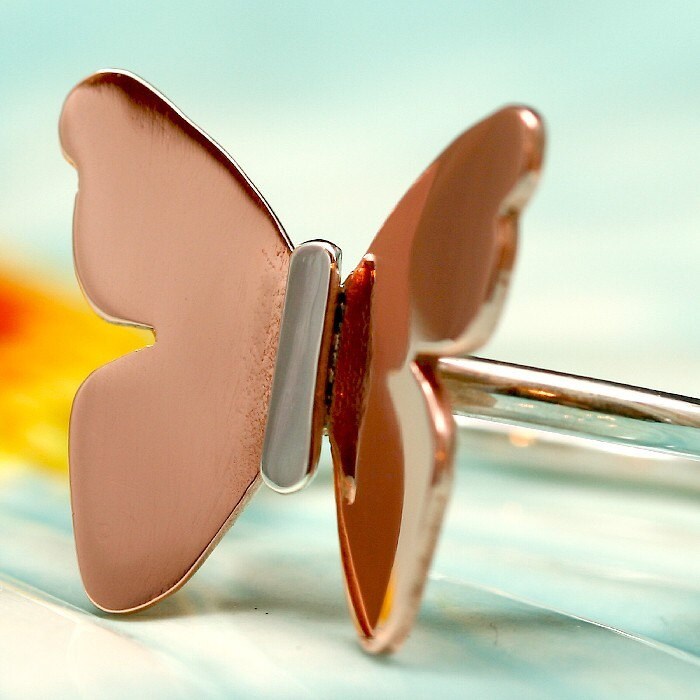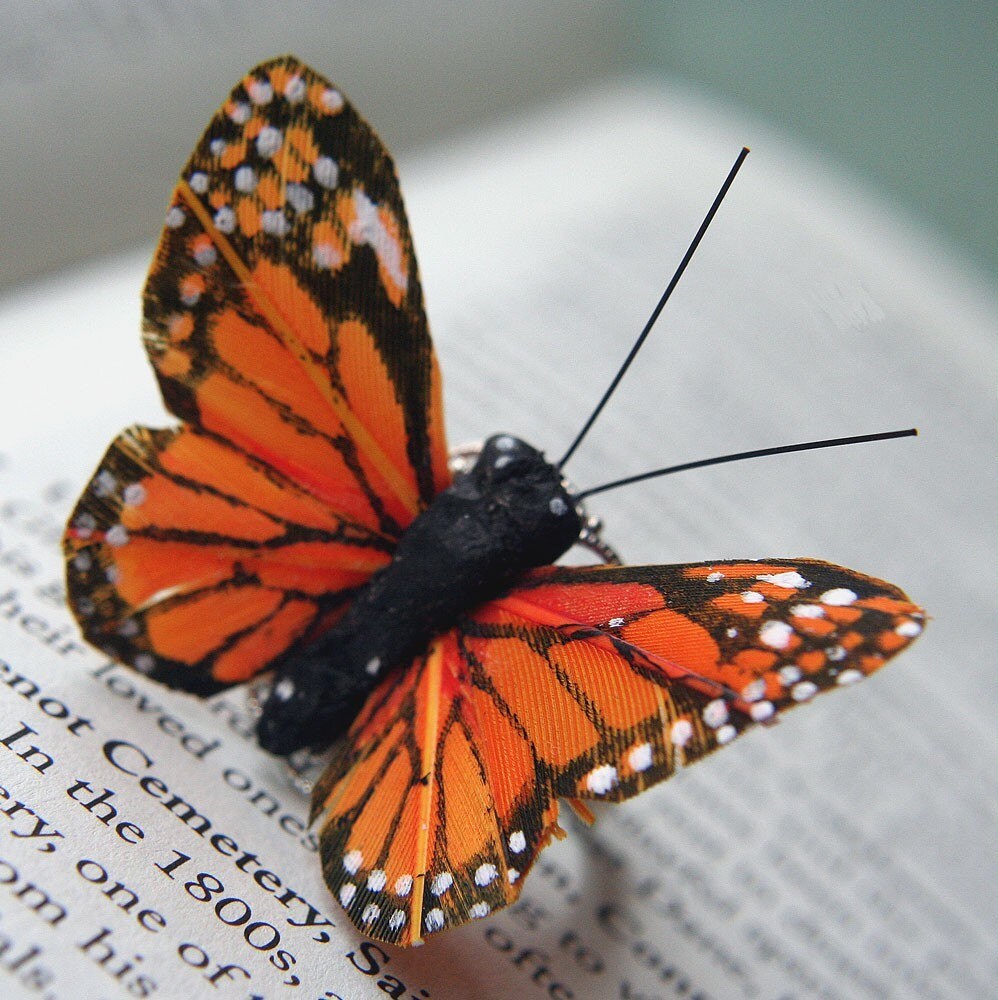- the arrangement of the particles or constituent parts of any material, as wood, metal, etc., as it affects the appearance or feel of the surface; structure, composition, grain, etc.; or
- the tactile surface quality of a work of art, resulting from the artist's technique
Below is an example of a pendant I created using PMC syringing (like you would piping icing onto a cake) in which I syringed the PMC around a cork moulded into my desired shape to create an uneven texture to complete the formation of this pendant.
Back of piece
Front of Piece
In the picture below is a mixed media pendant using PMC and Copper Clay. When pressing the stamp on the flower copper circle, it was with minimum pressure - however when texturing the larger silver (PMC) ring, I rolled the texture mat over the piece to ensure that the stamping was visible after firing. The pendant was completed using a rough textured opal and a lovely ameythst to bring all of the pieces together.
Lastly, I am highlighting some Bronze Clay earrings in which I used different textures for each of the rings. It was with pure pleasure watching these evolve after firing. When all of these pieces come out of the kiln, you never know how the end result will turn out until you have finished burnishing and polishing each piece.
Have a look at how some other artists from my team SATeam utilise Texture in their work!
Danagonia
http://danagonia-enchanted.blogspot.com/2010/08/how-i-like-to-play-with-texture.html
C-My Designs on Etsy
http://www.beadinghelpweb.com/jewelry-making/blog-carnival-texture/
Northern Girl
http://thisnortherngirl.wordpress.com/2010/08/29/texture/
The Familee Jewels
http://famileejewels.blogspot.com/2010/08/texture.html
Nicole Hill
http://handcraftedartisanjewellery.blogspot.com/2010/08/texture-starving-artists-team-blog.html
N Valentine Studio
http://nvalentine.blogspot.com/
Azoho
http://creativejunque.blogspot.com/2010/08/sateam-blog-carnival-august.html
Galdryl
http://galadryl.blogspot.com/2010/08/i-only-started-using-texture-in-last-12.html#comment-form













